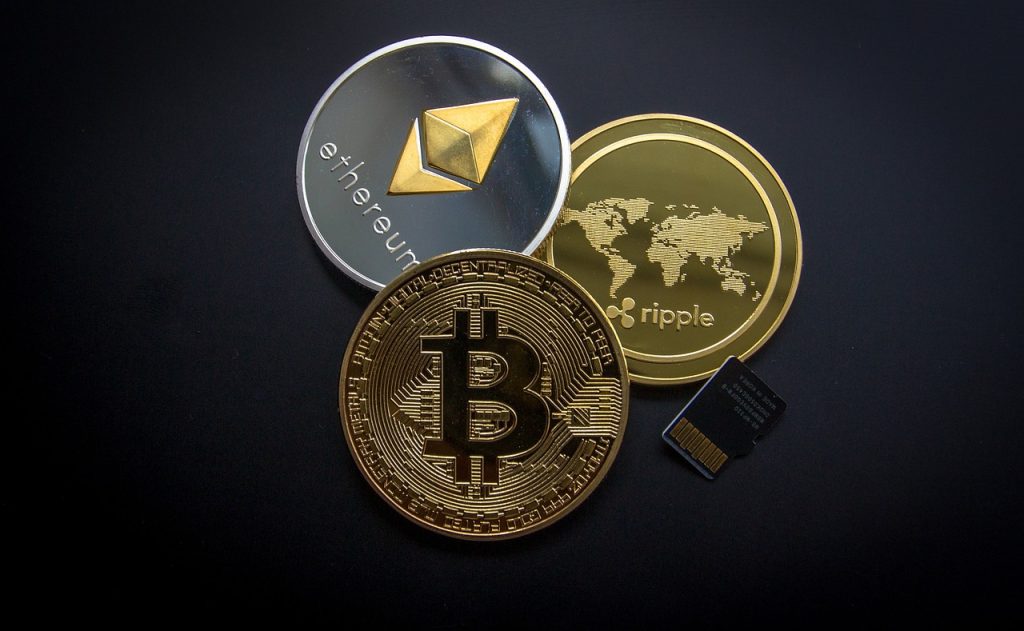
Teaching Bitcoin: Educational strategies for instructors
Absolutely, teaching Bitcoin can be an intriguing but challenging topic due to its complexity. But there’s a way out. CSR Reporters recommends going out of the box wen it comes to birthing strategies and tactics for teaching Bitcoin. This is because incorporating unorthodox methods can make the subject more accessible and captivating.
Here – some unconventional strategies that can spark interest and engagement among learners:
1. Interactive Simulations: Create virtual simulations or games that mimic the Bitcoin ecosystem. Design an interactive game where participants can simulate the process of mining or trading Bitcoin. This hands-on approach immerses learners in the concepts and mechanics of Bitcoin in a fun and engaging manner.
2. Real-life Treasure Hunts: Organize a scavenger hunt where participants use clues related to Bitcoin’s history, technology, or famous transactions to unlock hidden treasures. This unconventional approach encourages active research and learning while making it a thrilling experience.
3. Role-playing Exercises: Assign roles to participants such as miners, traders, or developers. Conduct role-playing exercises where each participant embodies their assigned role, making decisions and experiencing scenarios based on real-world Bitcoin situations. This strategy offers a practical understanding of different roles within the Bitcoin ecosystem.
4. Art and Bitcoin: Merge the worlds of art and technology by encouraging learners to create Bitcoin-themed artworks. This could involve designing posters, infographics, or even digital art illustrating the concepts, history, or impact of Bitcoin. Hosting an exhibition or online gallery could showcase their creations and stimulate discussions.
5. Bitcoin Debates or Talk Shows: Organize mock debates or talk shows where participants argue for or against various aspects of Bitcoin – its future, regulation, environmental impact, etc. This encourages critical thinking, research, and public speaking skills while exploring different perspectives on the cryptocurrency.
6. Bitcoin Storytelling: Instead of a traditional lecture format, craft storytelling sessions around the history of Bitcoin. Narrate its inception, key events, and influential figures using a narrative approach, making the complex narrative more relatable and engaging.
7. Cryptocurrency Investment Games: Create a fantasy stock market game where participants invest in cryptocurrencies, including Bitcoin, with simulated funds. Track the performance and discuss the rationale behind investment decisions. This gamified approach makes learning about Bitcoin’s market dynamics more interactive and dynamic.
8. Bitcoin Experimentation Labs: Set up physical or virtual labs where learners can experiment with Bitcoin-related technologies. Provide access to test networks, wallets, or even small amounts of cryptocurrency to explore firsthand the functionalities and security aspects of Bitcoin transactions.
Are you a crypto aficionado? Did we your day? Very well then!
By employing these unorthodox strategies, instructors can make the teaching of Bitcoin more captivating, experiential, and relatable to learners, fostering a deeper understanding of this intricate yet transformative technology









